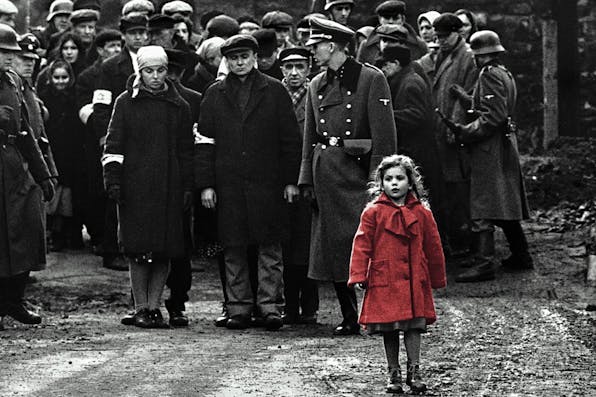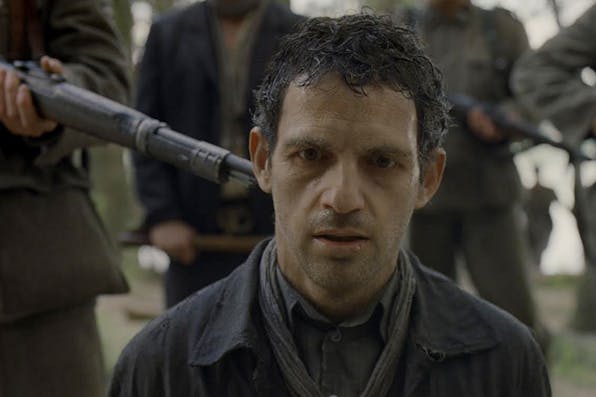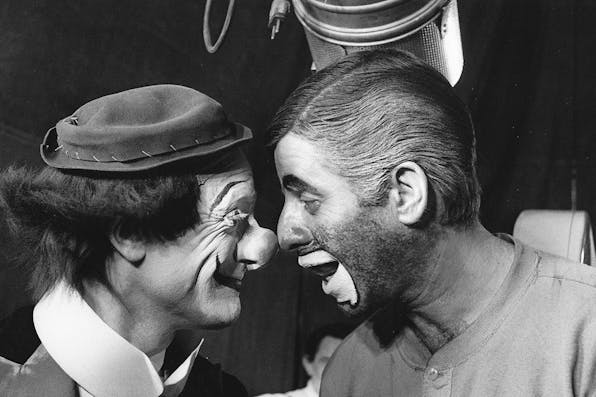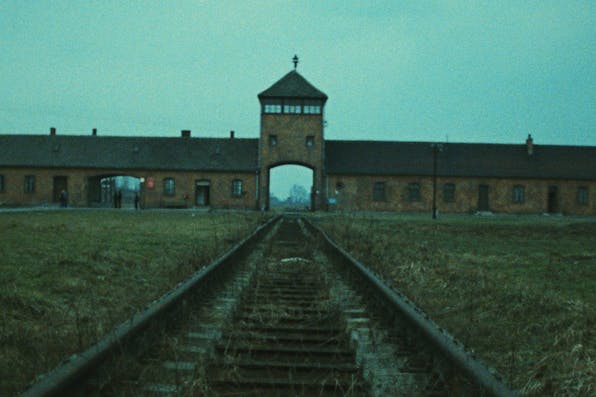
March 2016
That Holocaust Feeling
The Oscar-winning new film Son of Saul drops us into the heart of Auschwitz. What’s the point?
Since the defeat of Nazi Germany and the end of World War II just over seventy years ago, a seemingly ceaseless parade of filmmakers has gone after the Holocaust in search of meaning. Their searches have been well rewarded. As the critic J. Hoberman noted last year, of the 23 Holocaust films ever nominated in any category for the Academy Awards, fully twenty have won at least one. To their number we can now add Son of Saul, the new Hungarian film that on February 28 garnered the award for Best Foreign Language Film of 2015. It did so, moreover, after already being showered with greater acclaim than any Holocaust movie since Steven Spielberg’s Schindler’s List more than twenty years ago.
Last May, Son of Saul won second prize at the Cannes Film Festival; in January of this year, it was named Best Foreign Language Film at the Golden Globe Awards. And that’s hardly all. Not only have 96 percent of reviewers liked Son of Saul, according to a website that tracks such things, but many have liked it extravagantly, and some have compared it favorably with such commonly accepted masterpieces of the genre as Alain Resnais’s 32-minute essay-film Night and Fog (1955) and Claude Lanzmann’s ten-hour documentary Shoah (1985). Lanzmann himself has praised it as “very original, very unusual.” (The very fact that one can now speak of a work of Holocaust art in such blandly comparative terms may suggest that the genre has reached a certain ripeness, if not senescence.)
But Lanzmann is right: Son of Saul manages to find, if not a new story, then a new way of telling it. The question worth considering, thus, concerns not its originality but the nature, and the worth, of its achievement—what its example and its reception portend for the future of art about the Holocaust.



